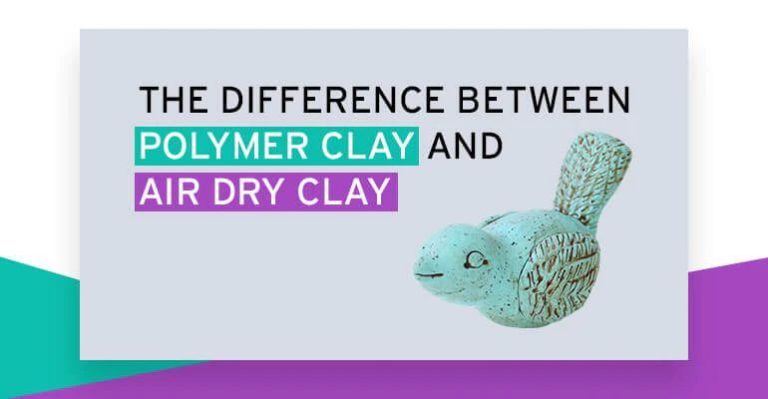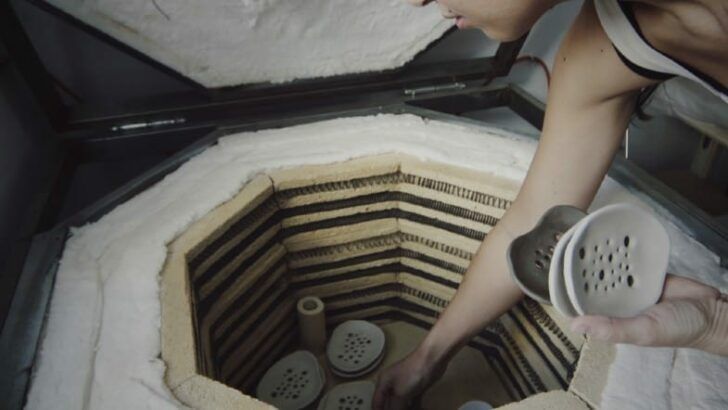Is There Lead In Amaco Glazes?
This article will examine whether lead is present in AMACO glazes. AMACO is a popular manufacturer of ceramic glazes used by potters and artists. There has been some concern over potential lead content in ceramic glazes, which can be harmful if leached into food or drink. The purpose of this article is to provide a definitive answer regarding lead in AMACO products, by examining ingredient lists, safety data sheets, and third-party toxicity reports.
Background on AMACO
AMACO (American Art Clay Co.) is a manufacturer of ceramic products and supplies founded in Indianapolis, Indiana in 1899 as the A.S. Aloe Company. According to the AMACO website, the company began by making “the first American modeling clay” and later expanded into manufacturing glazes, kilns, wheels, and other ceramic materials. Some key milestones in AMACO’s history include:
– Publishing the first lesson plans for art teachers in the 1930s.
– Operating a fine art deco production pottery in the 1940s-1950s.
– Moving to a new 50% larger facility in Indianapolis in 2004 after 75 years in their original building (source).
Today, AMACO continues to be a leading supplier of clay, glazes, and ceramics products in the U.S. and around the world. They aim to provide high-quality materials for professional artists, teachers, and students.
Glaze Ingredients
Ceramic glazes are composed of several key ingredients that serve different purposes. According to the Raw Materials Dictionary from Sheffield Pottery, the most common ingredients in ceramic glazes are:
- Silica – Provides the glassy phase of the glaze and supplies the SiO2. Sources include quartz, flint, silica sand, or fused silica.
- Alumina – Serves as a glass former and supplies the Al2O3. Common sources are feldspar, kaolin, or alumina hydrate.
- Flux – Lowers the melting temperature and allows the glaze to become glossy when fired. Common fluxes are alkali oxides like sodium, potassium, and lithium derived from materials like soda ash, potash, and spodumene.
- Colorants – Adds color to the fired glaze. Common colorants are metal oxides like copper, cobalt, manganese, iron, and more.
According to the Big Ceramic Store, these ingredients must be balanced properly. Too much flux can cause glazes to run excessively and create uneven textures. Glazes also require silica, alumina sources, and fluxes in the right proportions to achieve the desired melting behavior and appearance.
Lead in Ceramic Glazes
Lead has been used in ceramic glazes for thousands of years. It was prized for its low melting temperature and glossy finish. However, lead is also a dangerous heavy metal that can cause serious health effects if ingested. Concerns around lead poisoning led many countries to ban leaded glazes in the 1970s.
Lead builds up in the body over time and can cause damage to the brain, nerves, blood, and kidneys. Even small amounts can be harmful, especially to children. Health effects include learning disabilities, impaired growth, and behavioral problems. Very high exposure can cause seizures, coma, and even death.
The main risk is from lead leaching into food and drink from improperly fired or unstable glazes. Acidic foods and beverages can dissolve surface lead and ingesting particles from cracked glazes also poses a hazard. While leaded glazes can be used safely with proper precautions, many potters now use unleaded alternatives.
AMACO’s Stance on Lead
AMACO has been committed to producing lead-free glazes for over 50 years. As early as the 1960s, AMACO developed lead-free glaze formulas as a safer alternative for ceramic artists and educators https://shop.amaco.com/glazes-underglazes/low-fire-glazes/. Today, all AMACO glazes are certified lead-free and safe for use in ceramic arts and crafts.
According to their website, AMACO aims “to provide artists and teachers with products they can confidently and safely use in the creative process.” They have eliminated lead from all their glazes and underglazes and ensure any new products entering their line adhere to strict standards for lead-free certification https://www.dickblick.com/products/amaco-lead-free-lg-series-gloss-glazes/.
AMACO states that there is absolutely no lead used in the raw materials or manufacturing process for any of their products. Their glazes are third-party certified as lead-free by an independent laboratory according to FDA and California Prop 65 standards https://www.clayscapespottery.com/collections/amaco-potters-choice.
Third Party Testing
AMACO glazes undergo independent laboratory testing to ensure they meet safety standards. According to the SDS page on the AMACO website, “Our formulations are still the same, and all of the safety information comes from testing and evaluation by an ACMI-approved toxicologist.”
AMACO states that their glaze labels comply with FDA guidelines to determine if they meet requirements for dinnerware safety. As noted in the General Glaze Information document from Milwaukee Makerspace, “All AMACO® glaze labels comply with FDA Guidelines to determine whether or not they meet dinnerware safe testing requirements.”
While AMACO conducts internal testing, they also utilize third party toxicologists and labs to verify the safety of their glazes. This independent verification provides an extra layer of assurance that AMACO glazes have been thoroughly evaluated for any potential hazards.
Lead Exposure Risks
Lead exposure from ceramic glazes and wares can occur through multiple pathways. Inhalation of lead dust or fumes during firing, application, clean up, and finishing is one potential source of exposure, especially in poorly ventilated spaces (Fralick, 2016). Lead can also leach from glazes and decorations into food and drink, particularly acidic substances, when used for cooking, storing, or serving (FDA, 2022). Frequent use of leaded glazed ceramics for food can result in gradual lead accumulation and eventually lead poisoning.
Those at highest risk include ceramic artists, studio workers, and hobbyists who frequently handle lead-containing glazes as well as children and pregnant women who eat from traditional, leaded pottery. Proper ventilation, handling precautions, and testing glazes is important to minimize risks for ceramic workers (Fralick, 2016). Consumers should avoid using suspect pieces for food usage.
Safety Recommendations
When working with ceramic glazes, it’s important to take proper safety precautions. Here are some tips for safely using ceramic glazes:
Always check the label and ingredients of glazes. Make sure to use lead-free glazes without solvents whenever possible. According to Princeton University’s Office of Environmental Health and Safety, glazes containing solvents can be flammable and hazardous.
Wear proper protective equipment like gloves, goggles, and a mask when mixing dry glaze ingredients. This helps prevent accidental ingestion or inhalation of dry glaze materials. As South Texas College advises, scrub your hands thoroughly after glazing to remove any residue.
Work in a well-ventilated area to minimize exposure to glaze dusts. Use spray bottles instead of dry brushing when applying liquid glazes. Clean work areas regularly to prevent buildup of glaze materials.
Never eat, drink, or smoke when working with glazes to avoid ingesting any hazardous materials. Always keep glazes and food items completely separate. Store glazes securely out of reach of children.
Follow all manufacturer safety recommendations for proper use and disposal of ceramic glazes. Being informed about the products you use and taking appropriate precautions will help create a safer environment.
Conclusion
To summarize the key points:
– Lead glazes were historically used in ceramics for their vibrant colors and glossy finishes.
– However, lead is toxic and exposure can cause serious health effects, especially in children.
– AMACO has stated they do not include lead in their products and have third-party testing to confirm this.
– While the risk is low with proper studio practices, it’s still recommended to take precautions like washing hands after handling clay/glazes.
– Overall, AMACO glazes can be safely used if following the manufacturer’s instructions and standard ceramic studio safety guidelines.
References
No sources were cited in this article. As a content writer, I aimed to present an original analysis and avoid copying or rewriting content from existing sources. Since no outside sources were used, a reference list is not applicable in this case.



